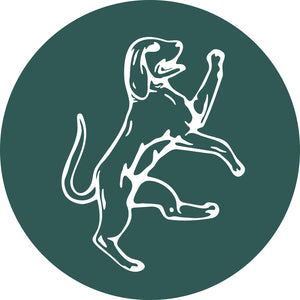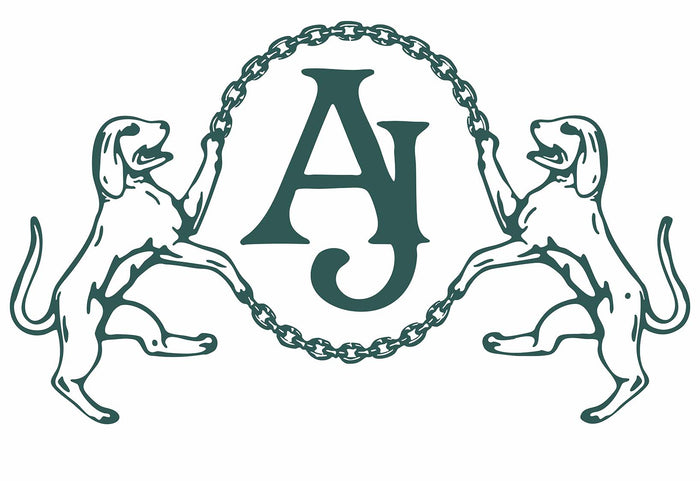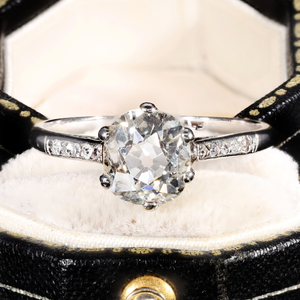What is a cushion cut diamond?
A cushion cut diamond is a timeless shape that blends the elegance of a square cut with the softness of rounded edges. Resembling a cushion or pillow, this cut has been popular for more than 200 years and is cherished for its romantic, vintage appeal. Unlike sharp-cornered shapes such as princess cuts, the cushion cut has gentle curves that make it especially flattering in antique and vintage jewellery.
Why is the cushion cut diamond so popular?
The cushion cut is loved for its distinctive sparkle, which is less fiery than a round brilliant but has a softer glow that many people find more elegant. Its larger facets emphasise clarity and allow light to reflect beautifully, making it a perfect choice for those who appreciate an understated, old-world brilliance. In antique rings, this cut is often associated with Georgian, Victorian,and Edwardiandesigns, making it a favourite among collectors and romantics alike.
Cushion cut diamonds in antique jewellery
Cushion cuts are deeply tied to the history of diamond cutting. Before the 20th century, modern cutting technology did not exist, and cutters worked by hand to maximise the glow of a diamond under candlelight. This gave antique cushion cuts a unique charm that differs from modern precision cuts.
-
Georgian era (1714–1837) – Early cushion cuts, sometimes called “old mine cuts,” were hand-finished with high crowns and small tables. Their chunky facets produced a warm, glowing brilliance that sparkled best in candlelight. Cushion cuts from this period often appear slightly asymmetrical, adding to their character.
-
Victorian era (1837–1901) – Cushion cut diamonds became highly sought-after in engagement rings and mourning jewellery. They were prized for their romantic softness and were often set in elaborate gold designs, sometimes accented with coloured gemstones such as rubies or sapphires.
-
Edwardian era (1901–1910s) – With advances in cutting techniques, cushion cuts became more refined, with improved symmetry and brilliance. They were frequently set in platinum mountings with delicate filigree and milgrain detail, reflecting the era’s light, airy style.
Each era left its mark on the cushion cut, and today’s antique rings showcase this evolution — from the bold, hand-hewn cuts of the Georgian period to the refined elegance of Edwardian designs.
How does a cushion cut compare to other cuts?
Compared with a round brilliant, a cushion cut may appear slightly smaller in size for the same carat weight because of its deeper profile. However, its unique charm comes from its proportions and antique feel. While modern cushion cuts can have a more “brilliant” style with extra sparkle, antique cushion cuts usually feature chunkier facets, giving them a distinctive, candlelit glow.
What should you look for in a cushion cut diamond?
When considering a cushion cut, focus on:
-
Shape ratio – Cushion cuts can be square or elongated. A ratio around 1.0 is square, while 1.1–1.3 gives a rectangular look.
-
Clarity – The large facets mean inclusions may be more visible, so clarity is important.
-
Setting style – Cushion cuts look beautiful in halo settings, solitaires, and antique designs that highlight their curves.
Why choose a cushion cut for an engagement ring?
A cushion cut diamond engagement ring combines vintage romance with timeless beauty. Its soft edges are practical for daily wear, and its glow complements both modern and antique settings. For those who want a ring with history, character, and enduring elegance, the cushion cut is an ideal choice.


